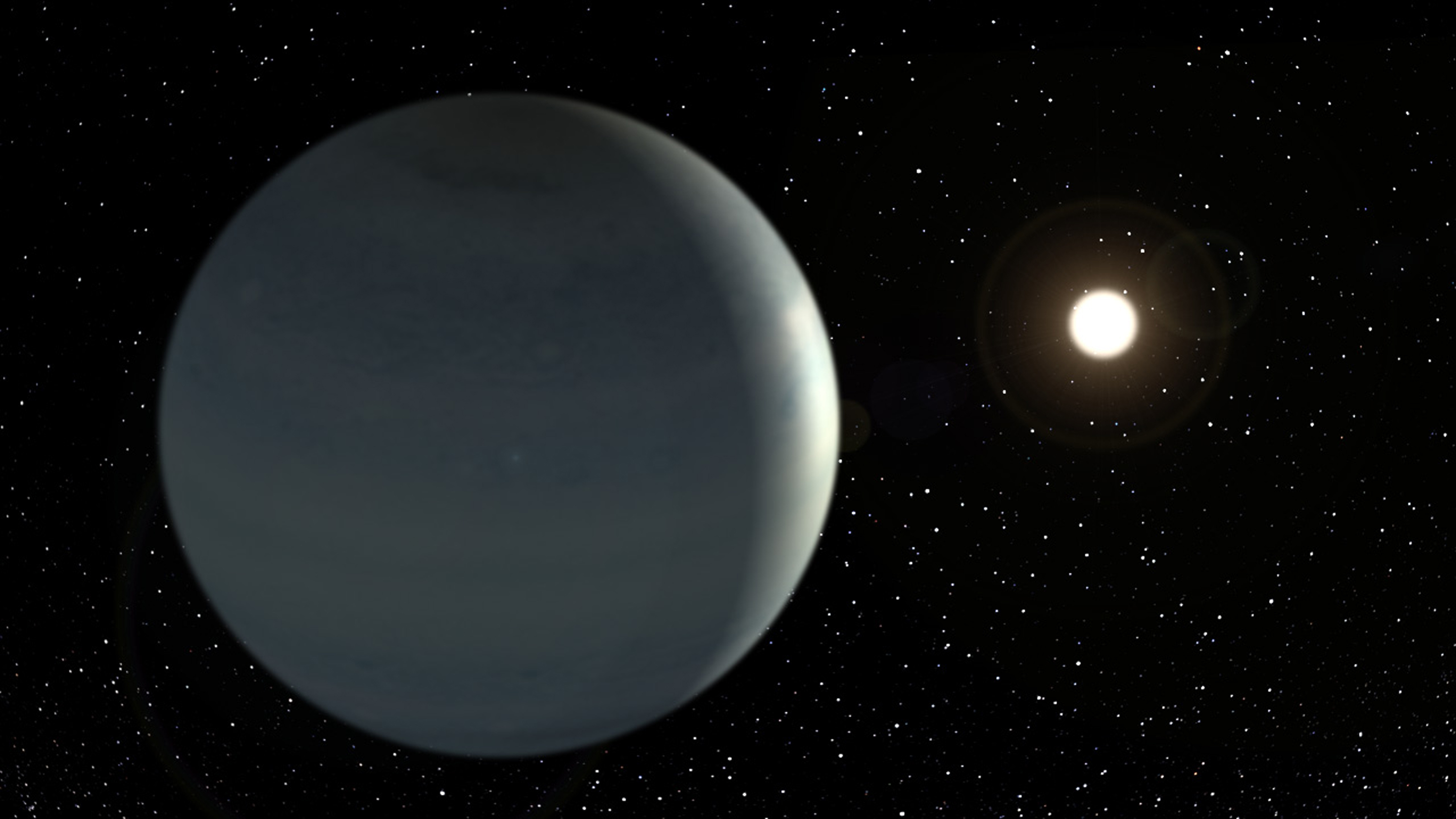We're open daily! View holiday hours
Science News
The New Frontier: Exoplanets
March 17, 2010

Exoplanets are the new frontier. Satellites such as Kepler and COROT discover and describe new planets outside of our solar system all the time.
“Only 15 years ago no extrasolar planets were known, and today we know of more than 400,” according to UC Santa Barbara postdoctoral fellow Avi Shporer. “Undoubtedly, many more exciting discoveries await in the future.”
Shporer is one of the authors of a study being published in Nature tomorrow about CoRoT-9b—the latest exoplanet to be revealed, this time by the COROT satellite.
The newly discovered planet orbits a star similar to our sun and is located in the constellation Serpens Cauda, at a distance of 1500 light-years from Earth. It takes 95 Earth days to orbit its star, and the satellite studied the planet for 150 days in the summer of 2008.
CoRoT-9b has been described as a “warm Jupiter” because it has about the same diameter as Jupiter (although it’s less massive) and lies about the same distance from its star as Mercury lies from our sun. Researchers speculate that the temperature on the planet is somewhere from –9˚F to +314˚F. (Jupiter’s average temperature is –234˚F.)
The planet is mostly made of hydrogen and helium, but may contain up to twenty times Earth’s mass of heavier elements—including rock and water under high pressure.
Both Kepler and COROT track stars with a photometer looking for periodic dimming. When the dimming is due to a transit, they have a new planet. A transit occurs when a celestial body passes in front of its host star and blocks some of the star’s light. As it causes a small drop in the apparent brightness of the star, it enables the planet’s mass, diameter, density, and temperature to be deduced.
According to Shporer, the finding of CoRoT-9b will benefit future discoveries. “What is special about this planet is that it transits a star and it is a temperate planet. It has great potential for future studies concerning its physical characteristics and atmosphere.”
Exoplanet, ho.